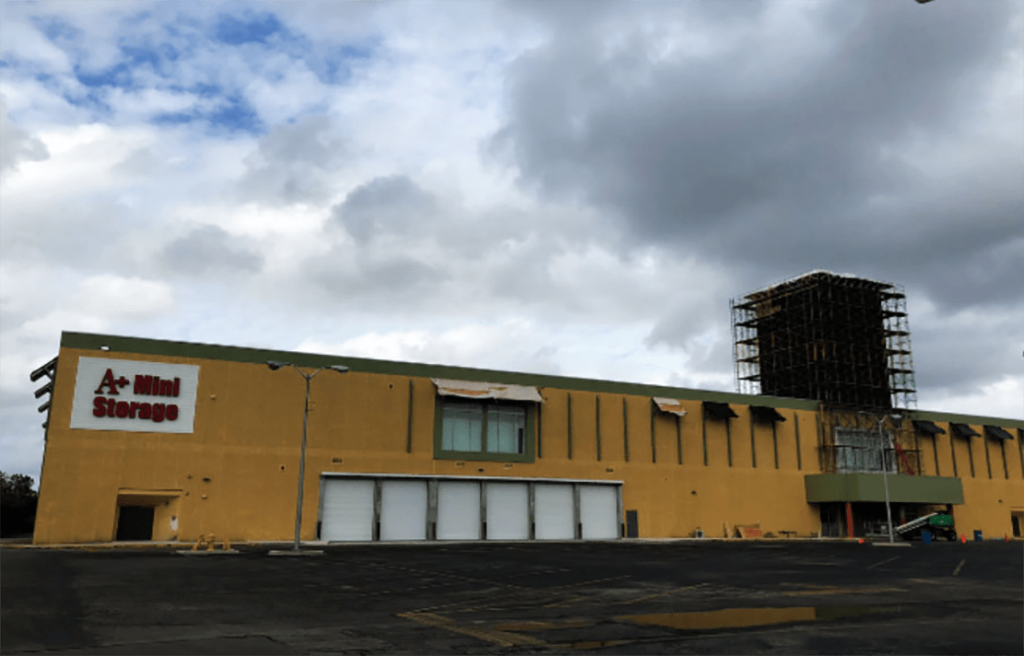
Close

Lea Aqui el articulo del Miami Herald acerca del papel que juega Steelhomes en la crisis de viviendas de Miami-Dade
The pandemic caused many sectors of the economy and our daily lives to halt, yet modular construction boomed. Modular solutions were made possible by the necessity for quick room addition or modification.
Affordable housing needs were swiftly met thanks to modular construction. To help the pandemic response, hospitals and testing facilities were built in weeks.
Modularity has also proved crucial in addressing the growing need for data center capacity as more people work, learn, and stream entertainment at home. This tendency isn’t changing even as we anxiously await herd immunity.
Construction costs are directly impacted by construction time. Using a controlled factory configuration will help you avoid paying damage charges brought on by unpredictable weather circumstances.
When done correctly, transitioning to modular construction can and should result in life cycle cost reductions of up to 20%. Lower costs are one of the main advantages of a manufacturing strategy in other sectors.
Savings result from the integrated construction procedures used in modular buildings, eliminating subcontractors and the margins they add to their quotations.
Construction is consistently ranked as one of, if not the most, hazardous industries in the economy by the Bureau of Labor Statistics and other agencies.
Prefabricated and modular parts can be used in building projects to lower the number of accidents and fatalities. There is a less crowded worksite because so much work is done off-site.
More excellent safety can be achieved by having fewer people, cars, and other moving parts. Extreme weather can lead to accidents, yet indoor manufacturing construction shields workers from it.
The attraction to modular buildings is rising for several reasons. First, because these modules are put together in a factory, the construction schedule is not impacted by bad weather or other problems on site. As a result, modular construction often results in a quicker building procedure.
There is also a case to be made for modular construction being more long-term and sustainable. Less waste is produced during the production of modules in a regulated industrial setting, and there is less chance that moisture will become trapped in the walls and other building components. Additionally, modules can be moved and reused more effectively.
Mobile structures can be disassembled, moved, and reused without requiring extensive modifications. As a result, waste that was previously reduced through the use of regulated modular construction techniques can be reduced twice.
The repurposed modules also require fewer new materials, reducing the energy needed. You can also buy pre-owned modular buildings and repurpose them as needed.
Despite being a relatively recent concept, modular construction can offer a sustainable path for the future expansion of housing and infrastructure, given the magnitude of the construction industry.
The procedure is to build prefabricated or manufactured building components in manufacturing sites, then install the following rules and specifications afterwards.
